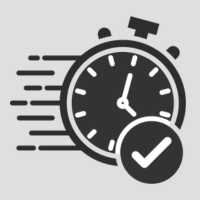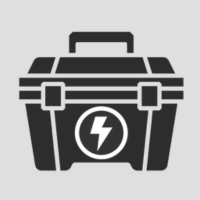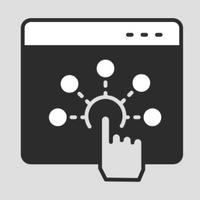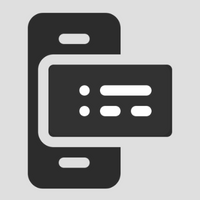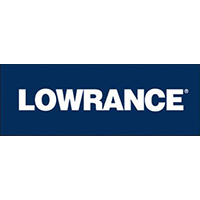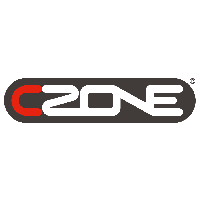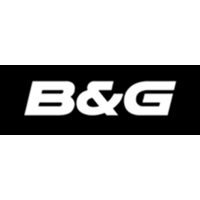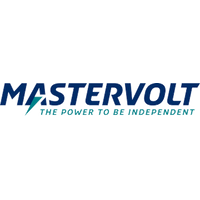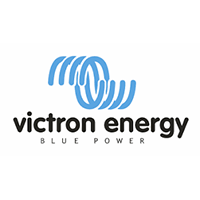Shore Power Cable Safety - It doesn't Happen by Accident
Author: Rob Franklin Date Posted:21 March 2024
Is Your Shore Power Connection Hazardous?
For boats relying on 240v shore power, the safety and proper maintenance of the shore power cord are paramount. From the power post to the vessel’s power inlet fitting, here's what you need to know...
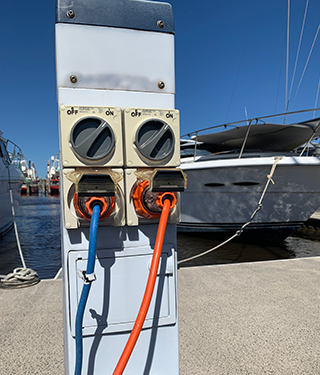 Ensuring safe shore power cord usage for your vessel is an important responsibility for owners.
Ensuring safe shore power cord usage for your vessel is an important responsibility for owners.
By following these guidelines, you can ensure the safe and efficient use of shore power cords for your marine vessel, minimising risks and promoting a safer boating environment.
Choose Approved Heavy Duty Marine Leads: Using heavy duty shore power leads approved for marine applications is crucial for safety. Avoid using unapproved leads as they pose significant risks.
Annual Testing: Have each shore power cord tested and tagged annually by a licensed electrician to ensure its safety and compliance.
Regular Inspection: Always inspect the cable, outer cover, and fittings for any damage. Replace damaged cords immediately to prevent electric shock or stray current hazards.
Beware of Stray Currents: Stray electrical currents in the water can be deadly. Avoid swimming or falling into marinas with stray currents, as they pose a significant risk of electric shock or drowning.
Mindful Cable Placement: When running cords across fingers or docks, ensure they are secured to avoid damage or tripping hazards. Never lay shore power cords between hinged pontoons or fingers to prevent accidents.
Proper Unplugging Sequence: Always unplug the shore end of the cord first, then the boat end. When plugging in, connect to the boat first, then the dock.
Avoid Clutter: Secure extra cable back to your vessel to reduce clutter on docks and improve safety for boaters walking in the area.
Avoid Dockside Coiling: Coiling your cable around metal bollards/cleats pose a potential shock risk, so avoid this by managing your cable to dock pillar directly from your vessel. It is also best to avoid coiling your extra cord around the dockside pillar, as this can create a magnetic current which will eat away at your cable and can cause corrosion issues.
Support at Boat’s Socket: Ensure the weight of the cable is supported at the boat's socket to prevent strain. Use rails or lightweight lines to support the cord's weight.
Managing Multiple Cords: Avoid using double adaptors on dock side, they are frequently subject to water leakage causing shorts marina property which affect the entire grid. Double adaptors should be maintained at the vessel end and under protection from the weather. When managing multiple cords on board, use methods like duct tape, Velcro cable ties, or electrical ties to join and manage them effectively, reducing clutter and improving safety.
How eMarine Can Help
Vessel Compliance Inspections: eMarine can offer you free RCD testing and FREE test and tag of all of your shore power cables with any certificate of compliance inspection.*
Just want a quick cable Test & Tag? We offer a $20 Same Day Test & Tag Service of your shore power cable.* Drop your cable into our eMarine office at Mooloolaba Marina when our team are on site at 7.30am any weekday and it will be ready for pick up at 4.30pm.
*Additonal costs are applicable for onsite vessel testing and cables that don't meet safety standards and require fixing.
Stay safe, stay connected, and sail on with confidence, knowing your shore power setup is in expert hands with eMarine Solutions. Explore our range of products and book our tag and test service today for your cables!
Order a Test & Tag View Our Custom Shore Cables Book a Vessel Safety Inspection

